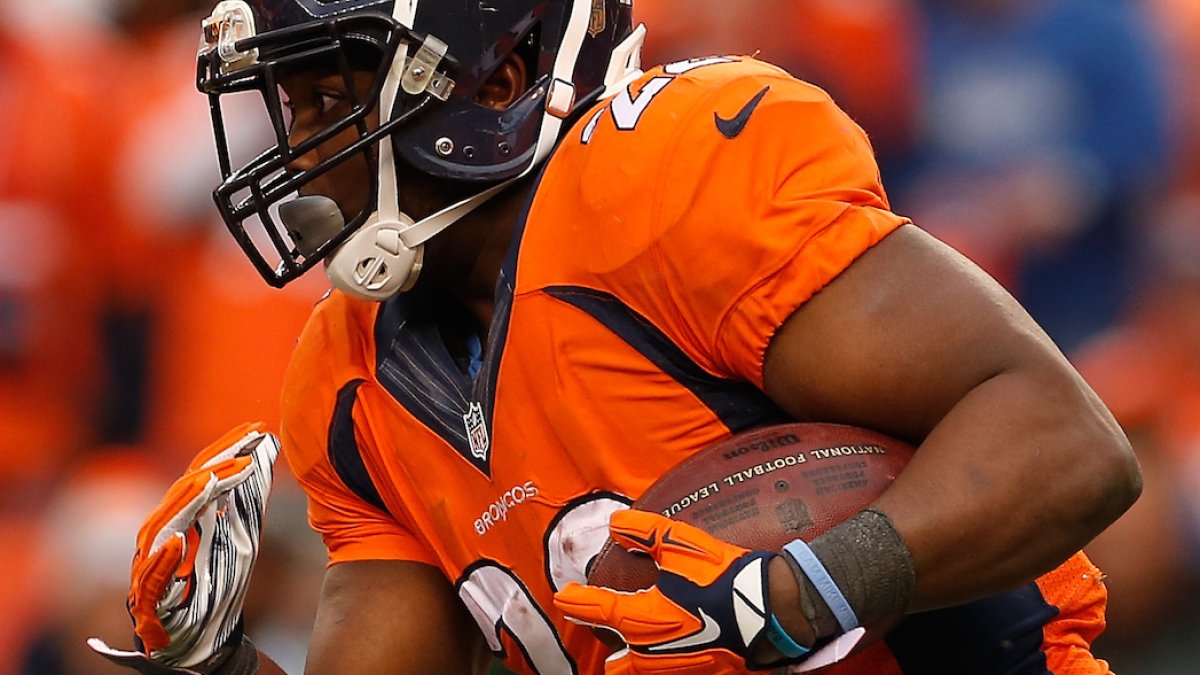The restricted free agency tender period closes at the start of free agency. Teams will be able to sign the following players to offer sheets starting today at 4 p.m. According to the rules in the new CBA, restricted free agents can receive tenders at one of three levels from their current team.
The low-level tender gives them the opportunity to match any offer, as well as receive a draft pick as compensation, according to the round in which the RFA was drafted (so a 5th round pick signed by another team requires a 5th round pick as compensation). However, the majority of restricted free agents went undrafted because the new bargaining agreement requires teams to give draftees four-year contracts. The upshot is that teams will receive no draft-pick compensation should they apply the low-level tender.
The mid-level tender gives teams the opportunity to match any offer, as well as receive a second-round pick as compensation if they sign elsewhere.
Finally the high-level tender requires a first-round pick as compensation, as well as giving teams the opportunity to match.
The higher the tender level, the more money the player is owed. Only the low- and mid-level tenders were used this year.
1. C.J. Anderson, RB, Broncos
Low-tender level (no compensation)
Denver took a risk by tendering Anderson at the lowest level. The talented running back may well receive an offer sheet, despite the quality at the position scheduled to hit the open market. Anderson admittedly regressed in 2015, posting an only average 71.1 grade, but flashed game-breaking potential the season prior, when he graded as our fourth-overall back. Despite receiving fewer than 200 carries, Anderson recorded the third-highest rushing grade due, in part, due to 44 broken tackles and eight touchdowns.
Although he didn’t fare as well this past year, Anderson still recorded a positive grade to go with a career-high 2.9 yards after contact per attempt. The running back position is being increasingly devalued, but Anderson remains an enticing candidate for any team’s backfield. Both sides seem to be frustrated at the current predicament, suggesting the Broncos could be persuaded to decline their option of matching any offer.
2. Tony Jefferson, S, Cardinals
Low-tender level (no compensation)
The decision to tender only a low-level offer to Arizona safety Tony Jefferson was a surprise. Jefferson played over 900 snaps, including the playoffs, in 2015, helping the Cardinals to the NFC Championship game. At his best playing centrefield, Jefferson finished as our 18th-overall safety this year. His coverage numbers are good, if unspectacular. Overall, he allowed 34 receptions from 55 targets for 408 yards, four TDs, a pair of picks, and four pass deflections. He isn’t much of a playmaker, with just those two picks to his name so far in his NFL career, but is a reliable safety with lots of upside. Jefferson missed just 7-of-90 tackles last season, showing a propensity to prevent big plays rather than make them. For a safety, who represents the last line of defense, the ability to bring runners down in the open field is crucial. Jefferson’s low-level tender offers the remaining 31 teams a chance to snatch a talented starter away from the Cardinals.
3. Ryan Schraeder, RT, Falcons
Mid-tender level (second-round pick required as compensation)
Restricted free agents become less attractive when draft picks are required as compensation, but exchanging proven talent for projections makes sense in the abstract. The value of right tackles also needs to be taken into consideration. The Browns selection of Mitchell Schwartz with the 37th pick in the second round seems justified, so it seems reasonable to suggest Schraeder, one of the league’s better right tackles, is worth a pick in the same range. Schwartz and Schraeder were actually No. 1 and No. 2 at the position in 2015. The Falcons’ right tackle allowed only four combined QB knockdowns (two sacks and two hits). Allowing only a further 20 hurries from 658 snaps culminated in Schraeder recording the second-highest pass-blocking efficiency amongst OTs.
He may not be the most dominant run-blocker (76.0 grade), but he’s flashed the kind of kick-slide ability few can match. Schraeder may find himself sliding out of Atlanta if NFL teams decide to eschew draft capital in favour of proven, pro-level talent.
4. Kamar Aiken, WR, Ravens
Mid-tender level (second-round pick required as compensation)
Aiken also received a mid-level offer, with the Ravens fearful of losing their top receiver from 2015. Aiken is not the most exciting receiver to watch, but can be a useful element of any receiving corps. What he lacks in explosion, he makes up for in consistency. That consistency ultimately resulted in a top-15 grade amongst receivers in 2015. Overall, he caught 75 passes for 944 yards and five scores this season. Without a legitimate threat opposite him, Aiken still posted solid numbers. He has his limitations—as evidenced by a 2.9 yards after the catch per reception average—but provides the kind of reliability few can match. Dropping just 4-of-79 catchable passes resulted in a top-10 drop rate amongst receivers.
5. John Simon, OLB, Texans
Low-tender level (no compensation)
Simon is an interesting case because he’s stuck behind a pair of first-round draft picks in Whitney Mercilus and Jadeveon Clowney. Although he’s yet to develop into an impact pass-rusher, Simon has improved that side of his game. He recorded six sacks, seven hits, and 14 hurries in 277 pass rush snaps in 2015. The splash plays are there, but he needs to generate more consistency. Simon might fit best in a role similar to the one the Seahawks’ carved out for Bruce Irvin. Standing up at outside linebacker in the 4-3 would emphasise his strength shedding blocks (79.9 run defending grade) at least. Ultimately, Simon may prove ill-suited to playing as a more traditional LB, and fail to develop pass rush traits, but at the very least he can provide depth and contribute on special teams.


 © 2024 PFF - all rights reserved.
© 2024 PFF - all rights reserved.